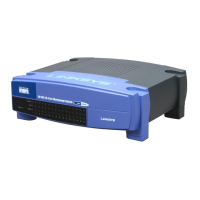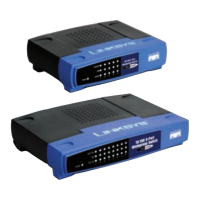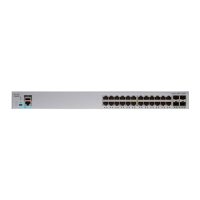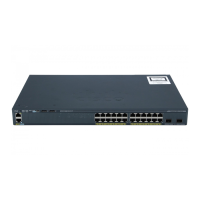2 LightStream 1010 ATM Switch PCMCIA Flash Memory Card Installation Guide
Preventing Electrostatic Discharge Damage
• Formatting a Flash Memory Card
• Copying an Image into a Flash Memory Card
• Making the Flash Memory Card Image Bootable
• Copying Bootable Images between Flash Memory Cards
• Enabling Booting from Flash Memory
• Flash Memory File System Commands
• Recovering from Locked Blocks
• If You Need More Information
Preventing Electrostatic Discharge Damage
Electrostatic discharge (ESD) damage, which can occur when electronic cards or components are
improperly handled, results in complete or intermittent failures. A module comprises a printed
circuit board that is fixed in a metal carrier. Electromagnetic interference (EMI) shielding,
connectors, and a handle are integral components of the carrier. Although the metal carrier helps to
protect the board from ESD, use a preventive antistatic strap whenever handling a processor module.
Following are guidelines for preventing ESD damage:
• Always use an ESD wrist or ankle strap and ensure that it makes good skin contact.
• Connect the equipment end of the strap to an unfinished chassis surface.
• Place a removed Flash memory card on an antistatic surface or in a static shielding bag. If the
card will be returned to the factory, immediately place it in a static shielding bag.
• Avoid contact between the card and clothing. The wrist strap only protects the card from ESD
voltages on the body; ESD voltages on clothing can still cause damage.
Caution For safety, periodically check the resistance value of the antistatic strap. The
measurement should be between 1 and 10 megohms.
Locating the Switch ASP
In the LightStream 1010 ATM switch, access to the ATM Switch Processor (ASP), which contains
the PCMCIA slots for the Flash memory card, is from the front. The middle slot, slot number 2, is
reserved for the ASP. (See Figure 1.)
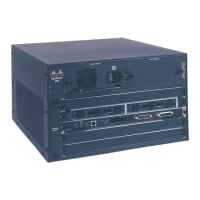
